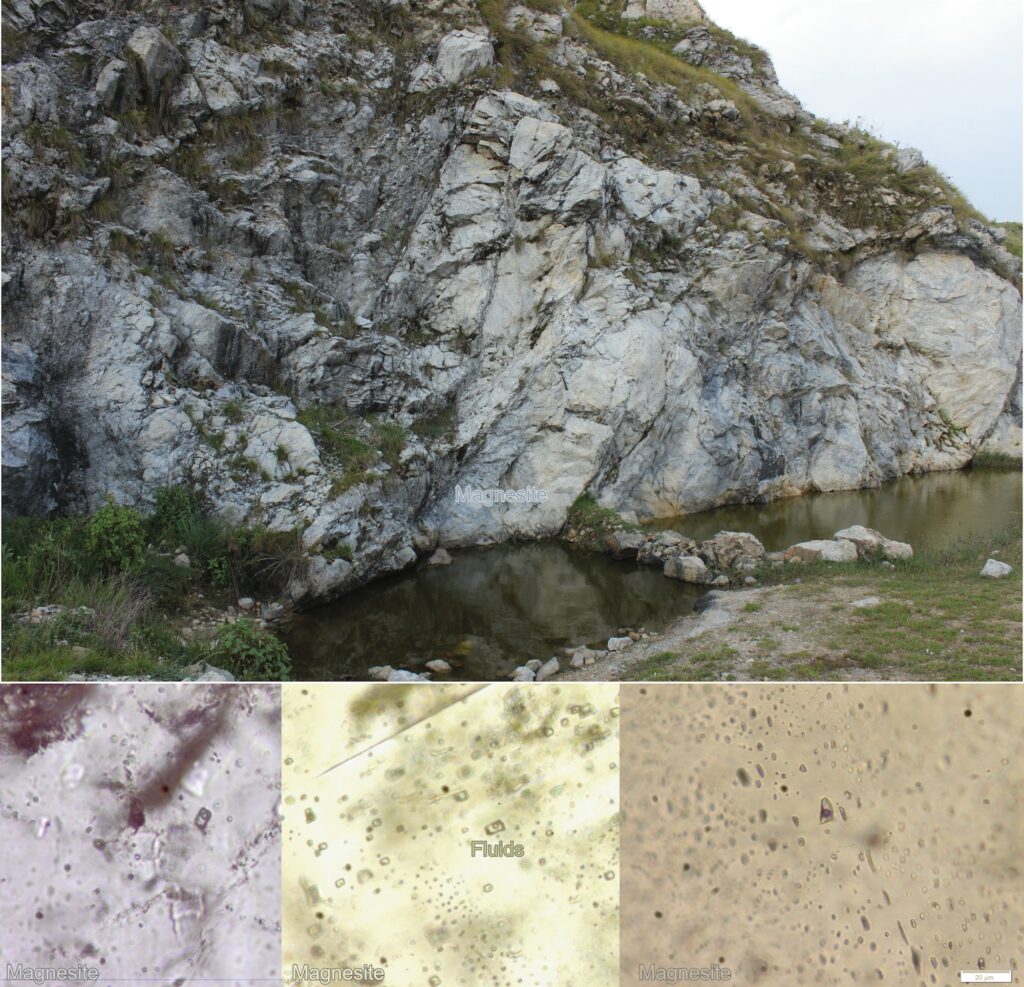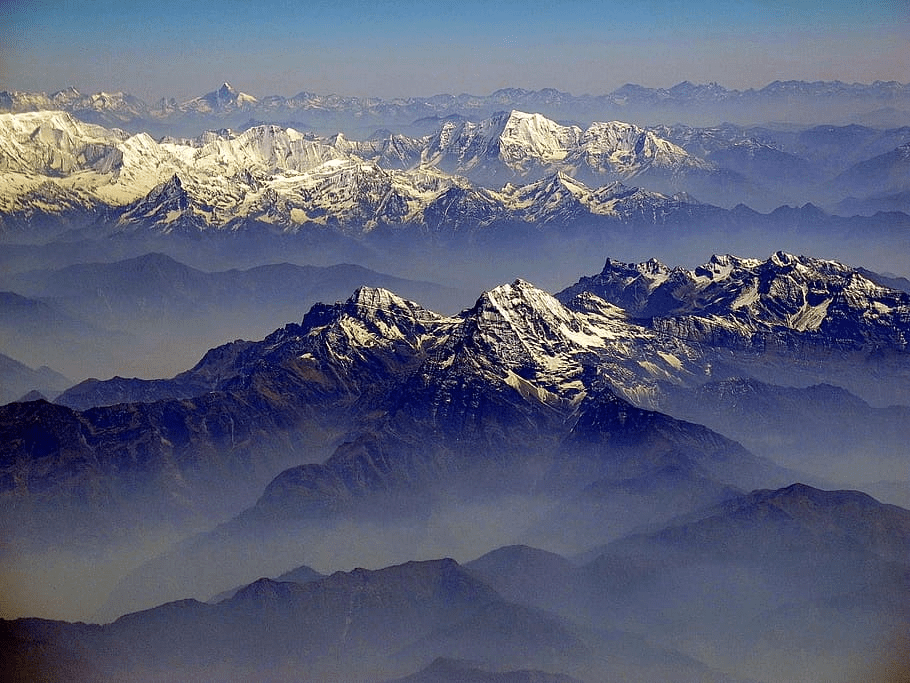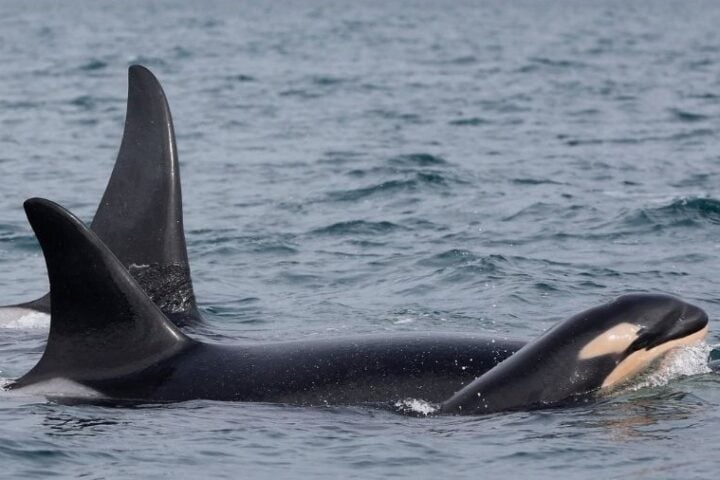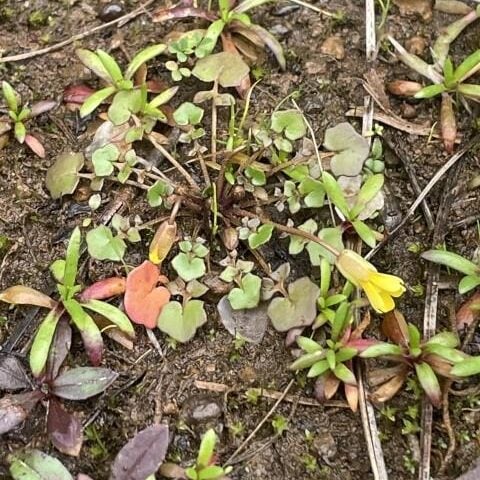An astonishing discovery – remnants of an ancient ocean encapsulated in the heart of the Himalayas – has been made by researchers from the Indian Institute of Science, Bengaluru (IISc) and Nilgata University, Japan. Trapped within mineral deposits dating back nearly 600 million years, the presence of ancient water droplets was unveiled in a detailed study published in Precambrian Research. Rich in calcium and magnesium carbonates, the unique mineral deposits serve as a “time capsule,” offering a glimpse into the conditions of paleo oceans. Brought to light by the lead author and PhD student Prakash Chandra Arya, the discovery may shed light on a critical oxygenation event that shaped Earth’s biosphere.
“We don’t know much about past oceans,….How different or similar were they compared to present-day oceans? Were they more acidic or basic, nutrient-rich or deficient, warm or cold, and what was their chemical and isotopic composition?”
– Prakash Chandra Arya, PhD Student at the Centre for Earth Sciences (CEaS), IISc, and First Author of the Study
Derived from ancient ocean water, these deposits provide a direct link to our planet’s geological past. The Earth, between 700 to 500 million years ago, endured a lengthy period of extreme glaciation known as the Snowball Earth glaciation. The Second Great Oxygenation Event succeeded this frozen epoch, which witnessed a drastic surge in atmospheric oxygen and the emergence of complex life. Owing to the lack of well-preserved fossils and remnants of ancient oceans, the correlation between the Snowball Earth glaciation and the Second Great Oxygenation Event has been a subject of intense debate among scientists.

These newly discovered marine rocks, however, from the Himalayas may offer pivotal insights into this mystery. The team’s analysis indicates that during the Snowball Earth glaciation, sedimentary basins were deprived of calcium, possibly due to a drop in riverine input. Magnesium levels in the ocean rose significantly as a result of this calcium deficiency. Crystallizing over time, the ensuing magnesium deposits managed to entrap droplets of ancient ocean water. The lack of calcium could also have precipitated a nutrient deficiency in the oceans.
During this time, there was no flow in the oceans, and hence no calcium input. When there is no flow or calcium input, as more calcium precipitates, the amount of magnesium goes up,”
-Sajeev Krishnan, Professor at CEaS and Corresponding Author of the Study.
The growth and proliferation of photosynthetic cyanobacteria, known for their slow growth rates, could have been favored by such conditions. Thriving in the nutrient-starved waters, these cyanobacteria may have commenced the release of additional oxygen into the atmosphere, thus playing a significant role in the Second Great Oxygenation Event. The study was conducted across an expansive stretch of the western Kumaon Himalayas, spanning from Amitpur to the Milan glacier and from Dehradun to the Gangotri glacier region. Analysis carried out in the laboratory exhaustively affirmed that the discovered deposits originated from the precipitation of ancient ocean water.
Similar Post
The deposits are not believed to have originated from other potential sources such as submarine volcanic activity, thus adding to the novelty of the discovery. The unique chemical and isotopic composition of these deposits could potentially reflect the characteristics of ancient oceans. Therefore, this breakthrough could offer valuable data for climate modeling and predictions. The discovery also presents an opportunity to delve deeper into the evolution of oceans throughout Earth’s history. The remnants of the ancient ocean could revolutionize our understanding of life’s evolution on Earth.
Striving to understand the complexities of life’s origin and evolution in relation to changing geochemical cycles, it paves the way for new lines of research. This discovery could help bridge the gap in our understanding of Earth’s geological past and its influence on the biosphere. It leaves us questioning: how might the evolution of life have been different if not for these dramatic geological events and processes? How many more such ‘time capsules’ are waiting to be discovered as we continue to explore Earth’s vast history? And finally, how might these revelations shape our future understanding of Earth’s geological timeline, its evolving climate, and the incredible diversity of life it sustains?












![Representative Image: European Starling [49/366]. Photo Source: Tim Sackton (CC BY-SA 2.0)](https://www.karmactive.com/wp-content/uploads/2025/04/Starlings-Drop-82-in-UK-Gardens-as-Birdwatch-2025-Reveals-Record-Low-Count-Since-1979-720x480.jpg)





